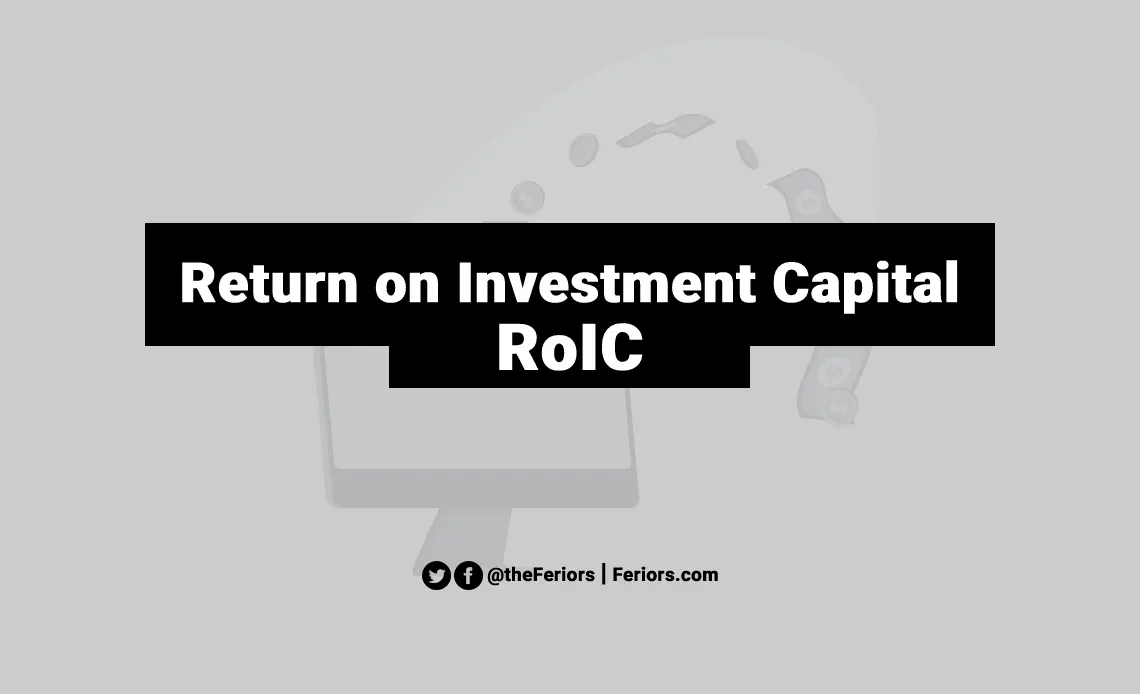What is Return on Invested Capital
Return on invested capital is a financial ratio that measures the company’s profitability by utilizing the capital invested by the shareholders’ equity and debt. The return on invested capital (ROIC) indicates how many dollars the company generated for each $1 of the invested capital. In other words, the ROIC ratio measures how efficiently the company uses the company capital to generate income.
The return on invested capital (ROIC) is a comparison between the net profit after tax and the invested capital. Thus, a higher ROIC ratio means the more profit that the company can be generated for each dollar of the invested capital. In contrast, a lower ROIC ratio means less profit the company can be generated by utilizing the invested capital.
Normally, the investors and other stakeholders use return on invested capital to evaluate the company’s management ability by looking at how efficiently a company puts the capital resource under its control to generate profit. Thus, at the same risk under the normal circumstance, the investor should invest in a company with a high ROIC.
Additionally, the ROIC can be used to compare with the weighted average cost of capital (WACC) to make a decision on investment. When the ROIC is higher than the weighted average cost of capital (WACC) it indicates that the company is generating a positive return and vice versa.
- ROIC > WACC is a good sign.
- ROIC < WACC is a bad sign.
Return on Invested Capital Formula
Return on invested capital can be calculated by dividing the net operating profit after tax (NOPAT) by the invested capital as the following return on invested capital formula:
ROIC = Net operating profit after tax / Invested capital
or
ROIC = (Net income – Dividends) / (Total equity + Total debt)
Where:
- Invested capital = Total equity + Total debt
- Net operating profit after tax = Operating income – Tax
- The operating income is also known as the earnings before interest and tax (EBIT).
For example, the Ferios company limited has a net operating profit after tax of $10,000,000 and an invested capital of $600,000 the return on invested capital will be: 10,000,000 / 600,000 = 16.67 or 1667%
The ROIC of 16.67 means the Feriors company generated $16.67 for each $1 invested capital.
Frequently Asked Questions
Return on invested capital is a financial ratio that measures the company’s profitability by utilizing the capital invested by the shareholders’ equity and debt. The return on invested capital (ROIC) indicates how many dollars the company generated for each $1 of the invested capital.
Return on invested capital can be calculated by dividing the net operating profit after tax by the invested capital as the following formula: ROIC = Net operating profit after tax / Invested capital
A higher ROIC ratio means the more profit that the company can be generated for each dollar of the invested capital.



